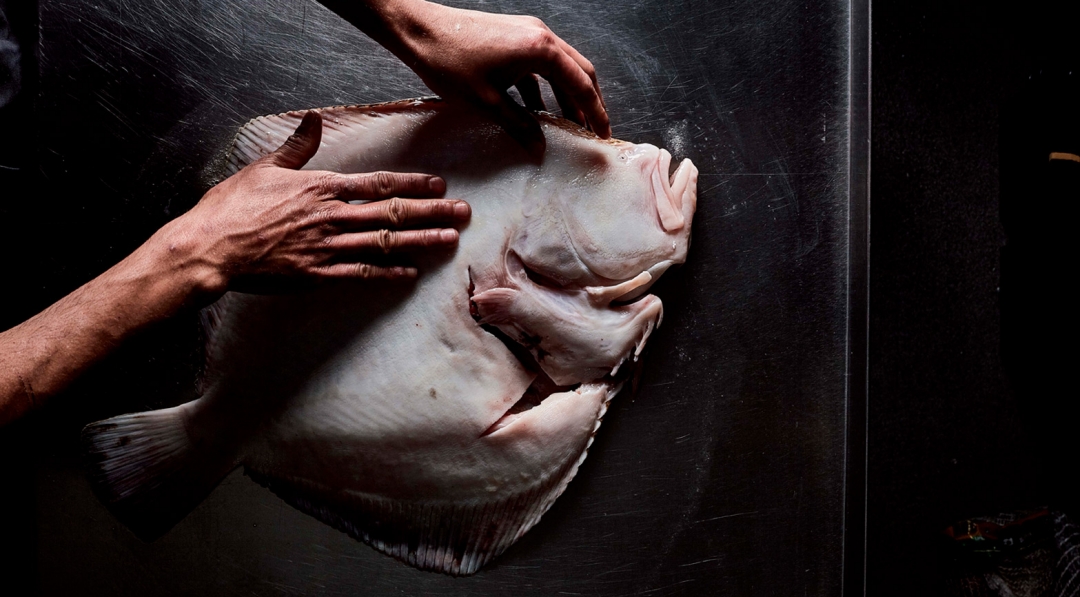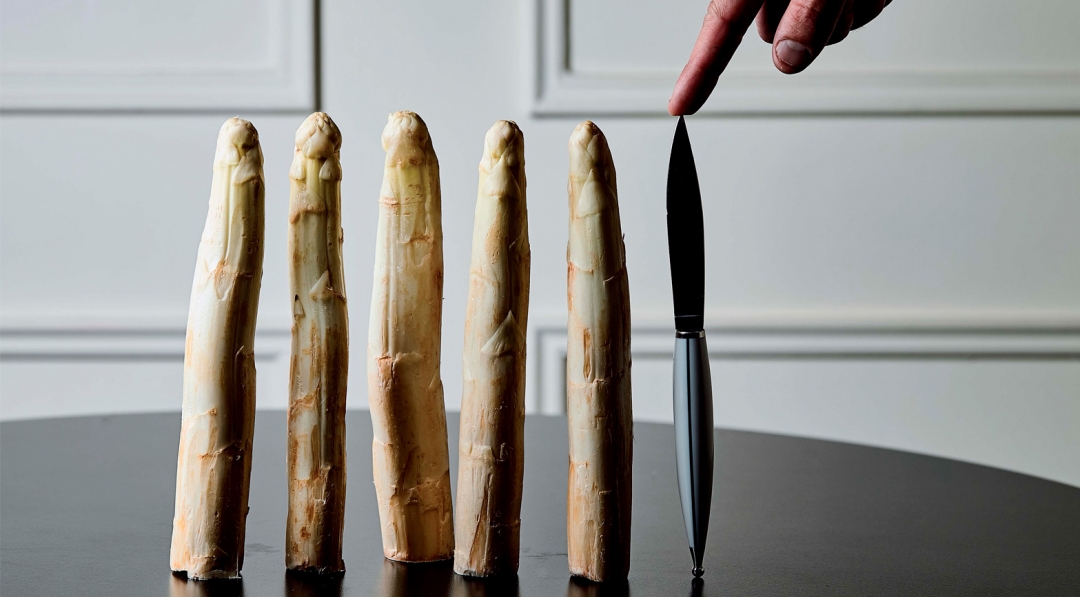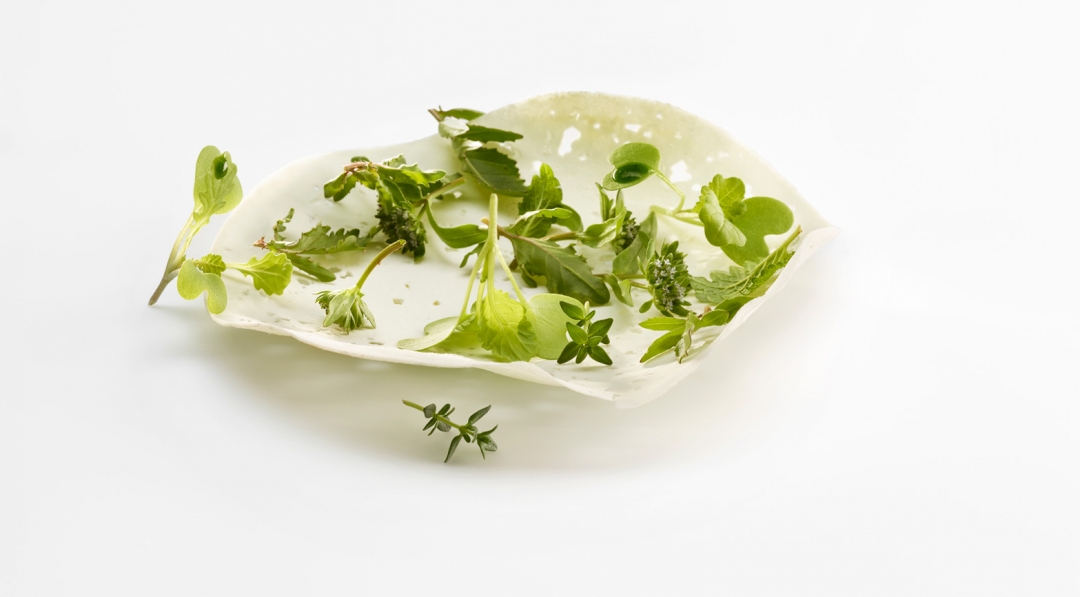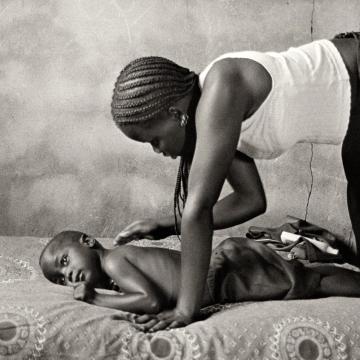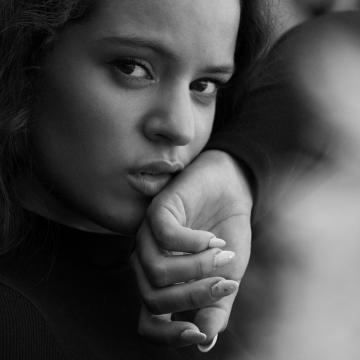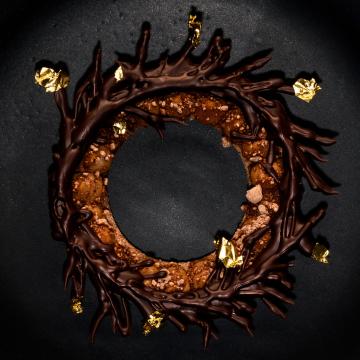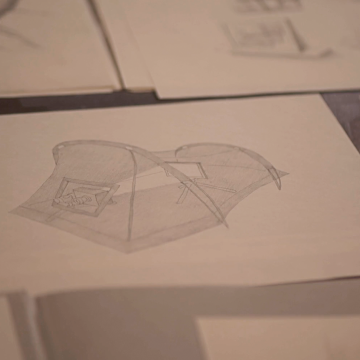Talent for comics and graphic novels is endless in Spain. Paco Roca, Ana Penyas, Paco Sordo, María Medem, Juanjo Guarnido, Teresa Valero… Do you want to get to know some of the best illustrators in the country?
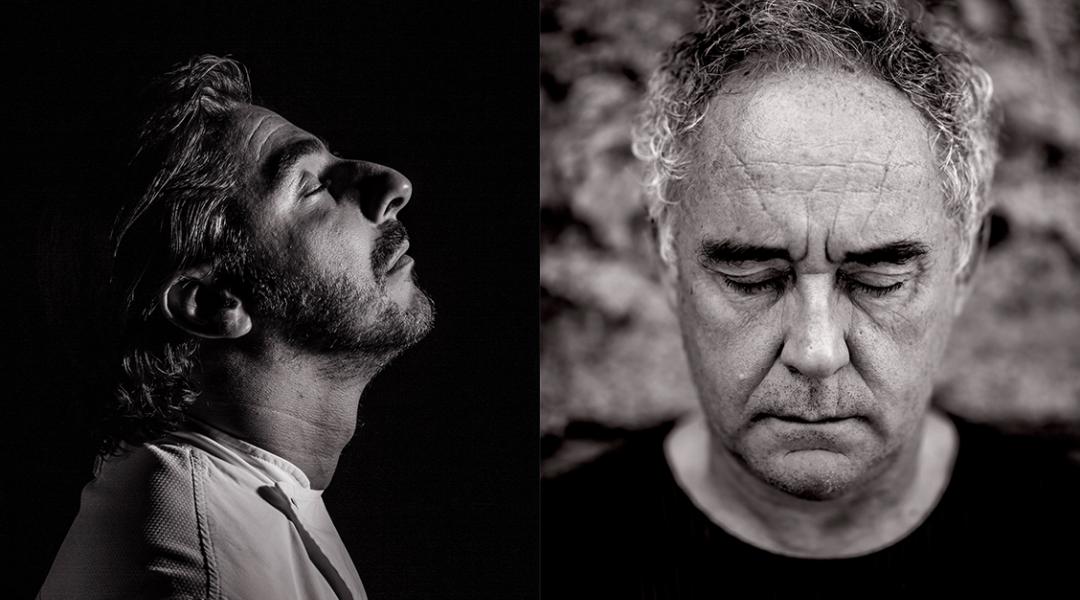
Food photography is going through a glorious phase. We talked with Mikel Ponce, one of the experts in the field, about a trend that, in recent years, has jumped from the kitchen to bookshelves in the form of genuine artist books.
After years of social media hashtags such as #foodies and #pornfood and instagramers reviewing dishes, food photography is now keeping a low profile while becoming a genre in its own right. The best food photographers have built their careers slowly, in the shade, behind their cameras, not commenting on the menu but showing culinary art as it is. The black and white portrait of Ferrán Adriá with his eyes closed, or Mexican cuisine turned into a disturbing octopus man, an image reminiscent of Rodney Smith's surrealism, are two examples, both the work of Mikel Ponce (Albacete, 1970), one of the most prominent figures of this novel tribe of snapshot artists.
“I knew this was my vocation since I was very young. At 10 or 12 I already knew I wanted to be a photographer. I studied at the CEV School in Madrid and specialized in documentary photography before working in advertising,” Ponce says. “A few years later, I started working for a national newspaper and, afterwards, along with my friend Javi Antoja (Chef Quique Dacosta’s head of communication and then co-owner and project manager of the Montagud publishing house), I began collaborating with one of his magazines, the prestigious Apicius, and new projects started to emerge from that, specializing my career in food photography for the cookbook publishing house Montagud and for different chefs throughout Spain.”
Ponce eventually left the world of journalistic news and put away his old toys—a Lomo and a Polaroid camera—to focus on food photography using a light photo equipment. “Handiness is important to me, that's why I use cameras that work both indoors and outdoors," he says. He generally uses a Sony camera, two lenses—a 90mm macro and a 55mm—and Profoto flashes. His portraits are unmistakable because of his documentary vision, his masterful use of artificial light and an almost lack of processing. He leaves nothing to chance; his photographs are so thought out there’s never misplaced tableware or a shadow needing correction during the post-processing. When he photographs dishes, for example, he shoots with his camera connected to a computer, which allows him to do all kinds of touch-ups during the rest of the session.
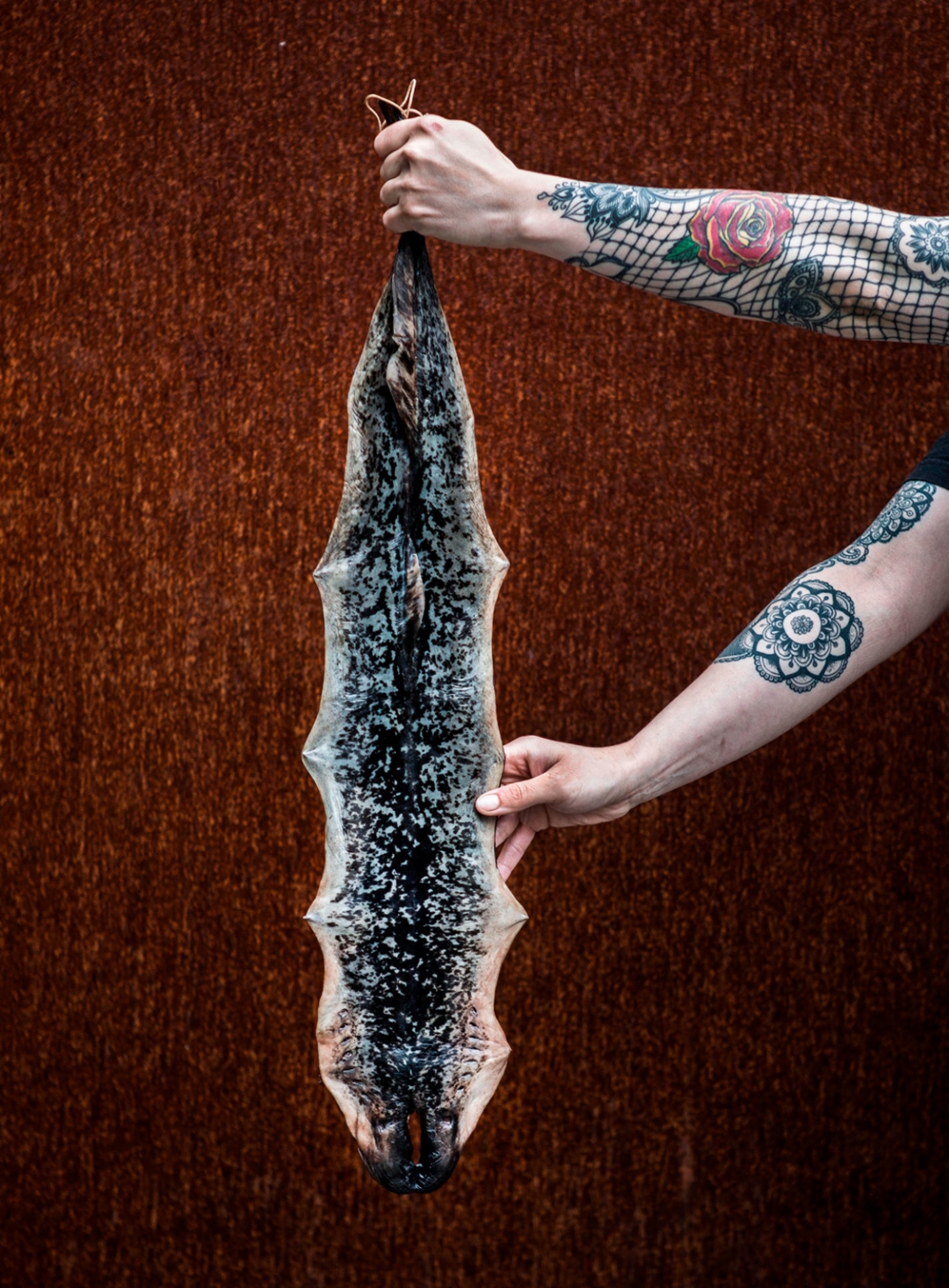
Light contrasts are a constant in his work. © Mikel Ponce
Tips for culinary photographers
Mikel Ponce’s trick to shoot complicit portraits and scenes halfway between local customs and film, like his restaurant photographs, is to spend hours, even days, with chefs, some of whom were became close friends. “My advice to people starting in food photography is to spend a lot of time with chefs and learn about the kind of cooking they do. There are many differences: Ángel León, for example, is a chef of the sea, whereas Diego Gallegos specializes in river fish.”
Another important task, according to Ponce, before taking food photographs is to study the restaurant’s personality and specialty in depth. “Food photography is much more than portraying chefs or still lives. The architecture, the location, the landscape of the restaurant, the food suppliers—from vegetable farmers to animal breeders and egg laying farms—are also very important. This is a fun job precisely because it brings together all these disciplines within the same category,” Ponce concludes.
“Food photography is much more than portraying chefs or still lives. It’s also the architecture, the location, the landscape part of the restaurant, and the food suppliers.”
Other geniuses of paper food photography
One of the advantages of the growing interest in food photography is that, in addition to being featured on the pages of specialized magazines, it has also made room for itself on bookshop shelves. Recipe books now coexist with large collections dissecting the work of Spain’s most important chefs. And behind them, or rather, behind the camera, stand prominent food photographers with very different styles. There are little works of art such as Templos del producto (Editorial Planeta), in which Joan Pujol-Creus travels long distances to photograph the raw materials and products making up a dish. “He succeeded in capturing the essence of each temple, its protagonists and portraits. Route, location, visits to suppliers, kitchen, mise en place, preparations, serving, table talk, and thousands of other details impossible to replicate,” writer and food critic Jon Sarabia writes in the prologue to the book.
Another example from which we can learn a few lessons from the good work made by this eighth art discipline is Mugaritz. Vanishing Points (Editorial Planeta), featuring the minimalist, conceptual images of José Luis López de Zubiria, aka Pepelu. His photographs aim to translate to paper, if this is possible, Andoni Luis Aduriz’s philosophy and cuisine. A gastronomic laboratory engaging in a dialogue with photography to turn a gastronomic experience into a visual one.
